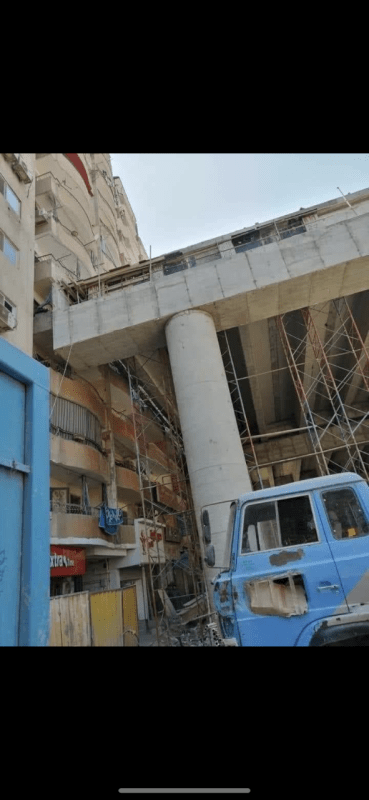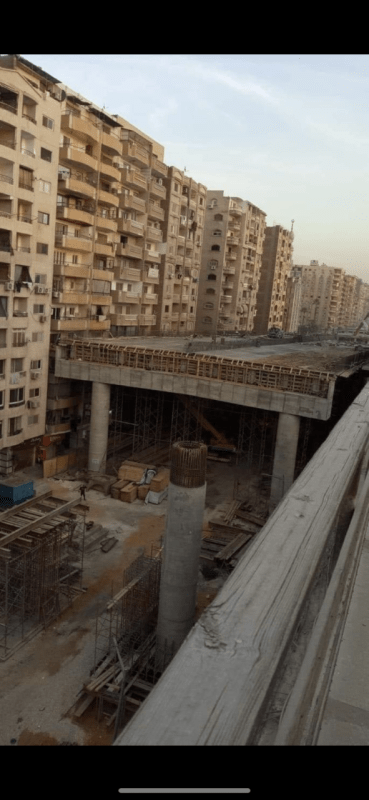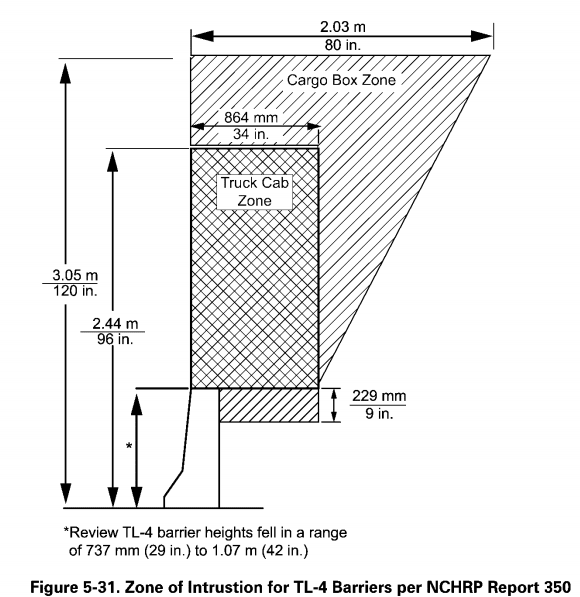Hey
please see two attached photos of a concrete bridge being built next to exiting residential building.
( I don't want to mention the country but the wind speed is around 80 mph)
since I am not expert in bridges design I need some answers to the following with some references please:
1-what is the max clearance from the bridge side to the building ?
2-the bridge foundation is isolated footing on piles and the footing of the existing building is raft foundation ( both of them on caly soil) will the weight of the bridge affect the foundation of existing buildings?
3-the spacing from the bridge to the building now is very small, do you think the bridge will have a side sway some how and it will lean on the building and affect its structural integrity?
4-i am assuming accidents may happen, will be any impact load can be applied on the existing

 building ?
building ?
you can raise any other concerns if you want !
please see two attached photos of a concrete bridge being built next to exiting residential building.
( I don't want to mention the country but the wind speed is around 80 mph)
since I am not expert in bridges design I need some answers to the following with some references please:
1-what is the max clearance from the bridge side to the building ?
2-the bridge foundation is isolated footing on piles and the footing of the existing building is raft foundation ( both of them on caly soil) will the weight of the bridge affect the foundation of existing buildings?
3-the spacing from the bridge to the building now is very small, do you think the bridge will have a side sway some how and it will lean on the building and affect its structural integrity?
4-i am assuming accidents may happen, will be any impact load can be applied on the existing


you can raise any other concerns if you want !

